Optional: listen text-to-speech using the voices already in your device
This feature makes use of the Text-To-Speech capability as you have it already installed and configured on your own device. You will see that there are some voices that are not so good, choose from the list if you have a chance.
The Arches National Park, located in eastern Utah, is home to the largest concentration of natural stone arches in the world, with more than 2,000 recorded arches, formed over millions of years by wind and water erosion of red sandstone rock.
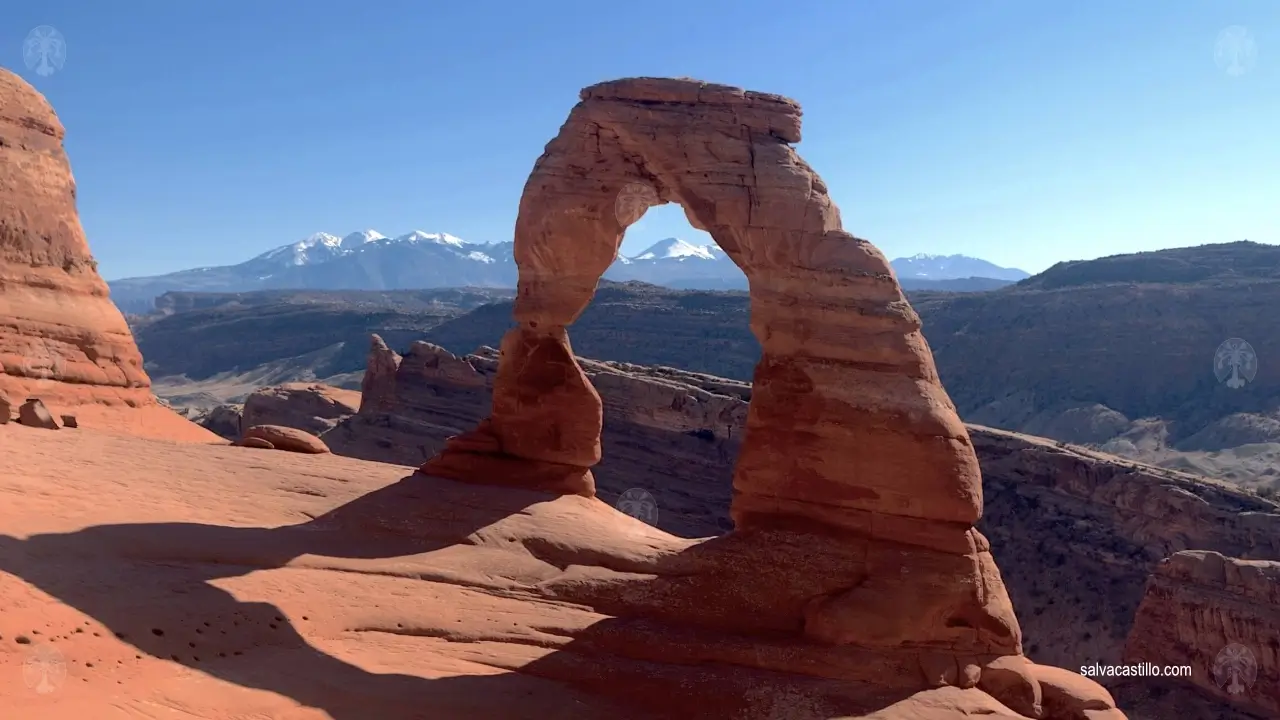
The landscape is half Martian. It is a semi-desert area, at altitude (~1500 m on average above sea level) and where you will find not only arches -which are so spectacular- but rocks in equilibrium and also like horns coming out of the ground. An area of the park (which is not so extensive, only ~310 km2) has rock formations so peculiar that it was baptized “The Devil’s Garden”.
The park is reached from the city of Moab through a delightful road, carved through the mountains, and dotted with very colorful rock structures.
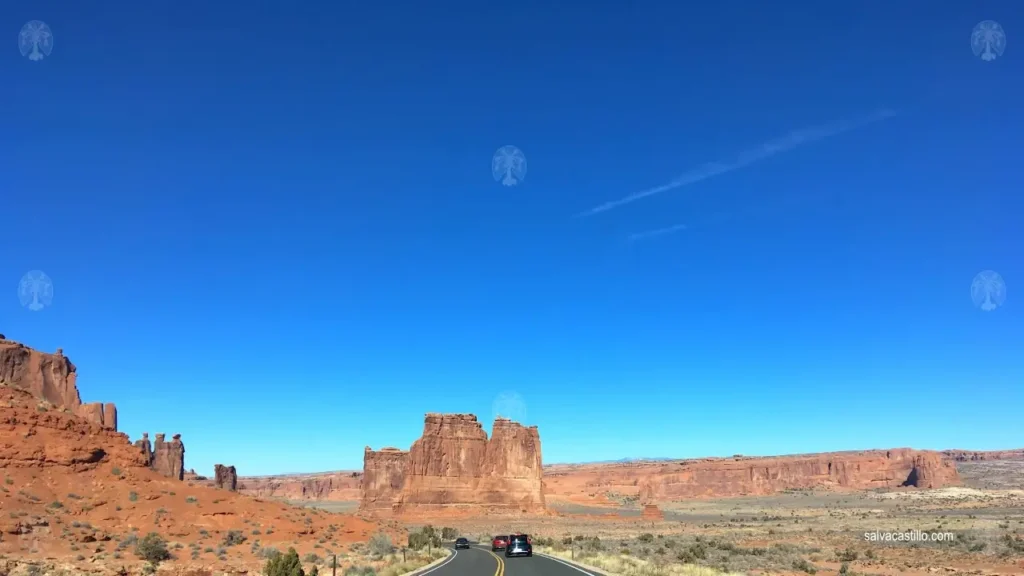
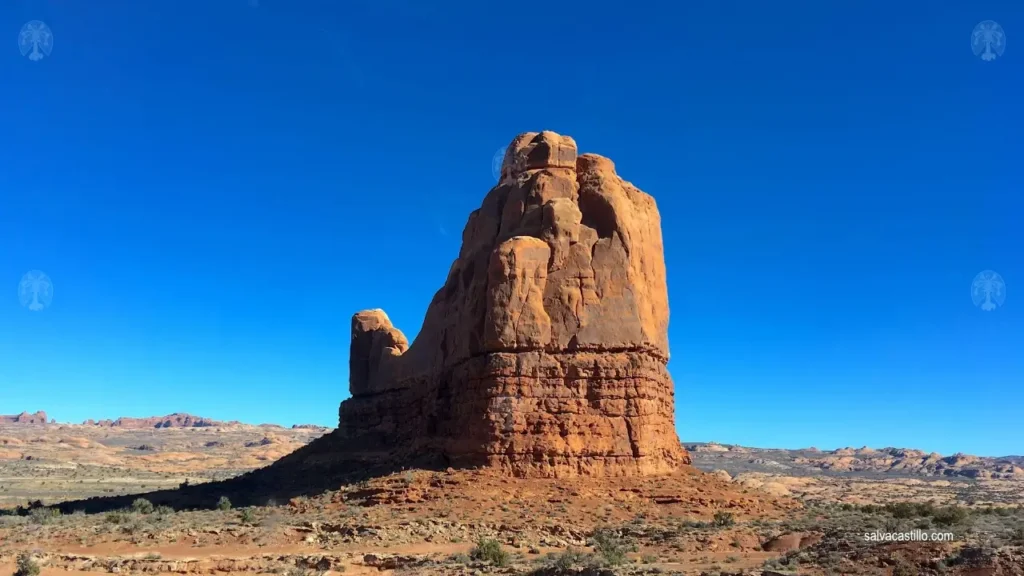
In Moab, by the way, there are very old petroglyphs that supposedly describe beings of unknown forms and strange artifacts for the time in which they were engraved in the rock. Probably just the shaman on duty, who went high as a kite and picked up the coloring crayons.
The origin of these strange formations is related to the previous existence of the sea in these locations more than 300 million years ago. The sea evaporated during the Permian and Jurassic periods, leaving an immense layer of salt, which was then gradually covered by sediments brought by the wind from adjacent regions. Later, over millions of years of rainfall and sedimentation, the sediments were compacted by lithification and became denser and turned into sandstone. Then, the salt layer underneath began to collapse in areas because it could not support the weight of the sandstone above. This caused the ground to fracture and as a consequence, areas that had been under the surface emerged through tectonic uplift, and others sank. As sediments are not deposited homogeneously, the composition of these rocks had areas that were weaker to erosion and others that were more resistant. When they emerged, they did not come out straight or perpendicular to the ground, but with random shapes and dispositions. The result is a unique landscape in the world, the product of a very long chain of geological events at the macro level that, at the micro level, have produced these spectacular rock formations that are perceived – well, I myself perceive them – as highly improbable. And as a sample, the Delicate Arch.
Delicate Arch
Although Arches National Park is not particularly large (considering the scales of other large national parks in the U.S.) it is necessary to walk a few sections to explore the various arches and formations in the park.
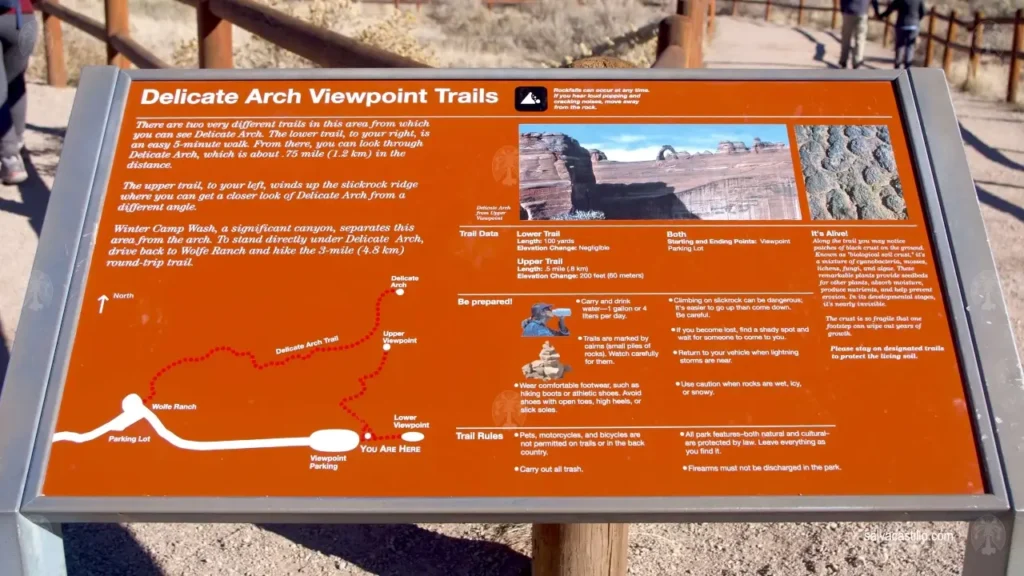
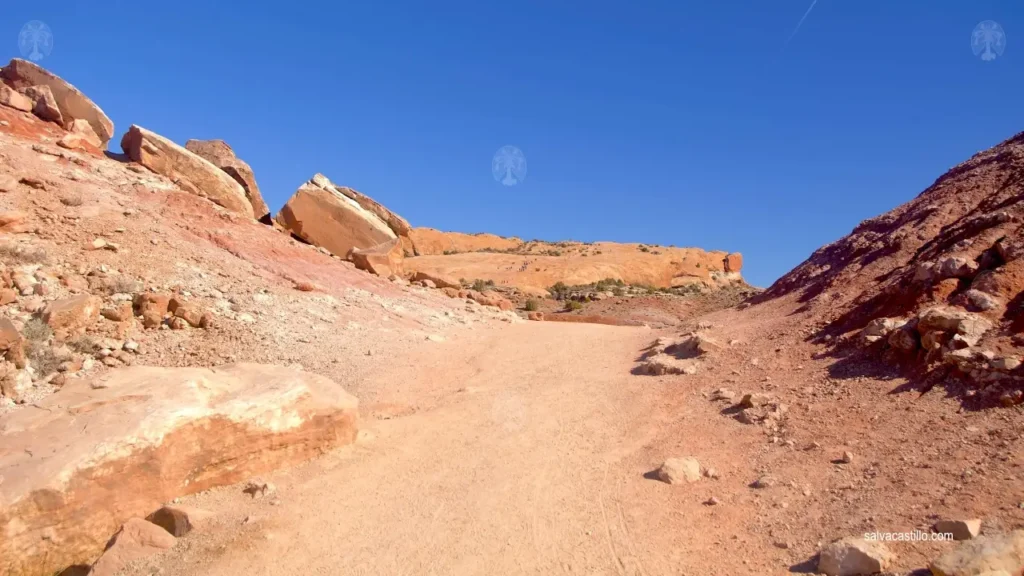
From the Delicate Arch Viewpoint, which is below the “table” on which it sits, you can see the arch itself in the distance, like something that doesn’t make much sense there, but hey, there it is.
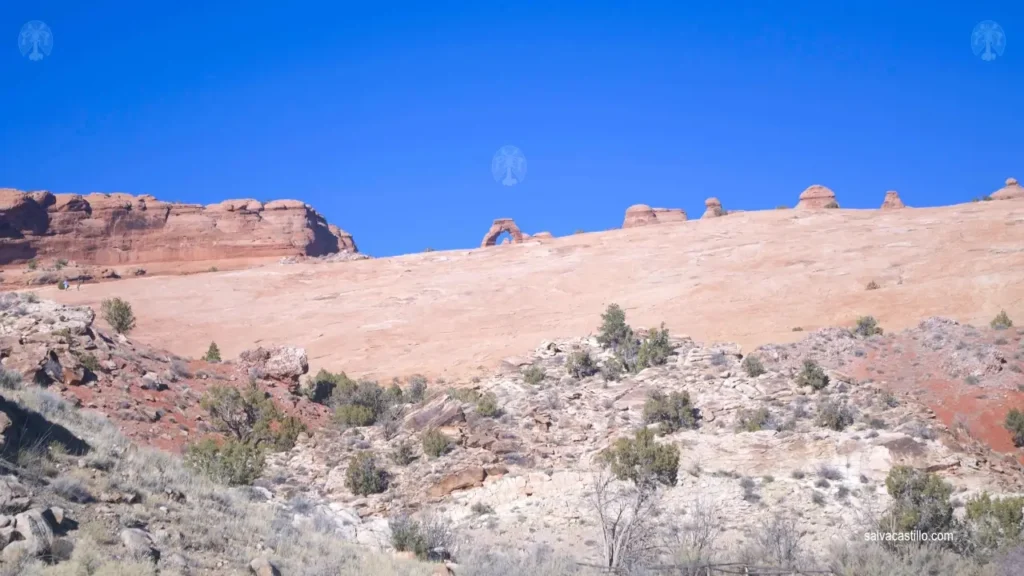
However, from so far away you cannot perceive the majesty of the arch, so you have to take the steep path that leads to it. In wikipedia there is a reference that indicates that it is considered one of the most beautiful trails in the world. I will not go that far, because there must be trails scattered around, but I agree that the views while walking it are extremely beautiful.
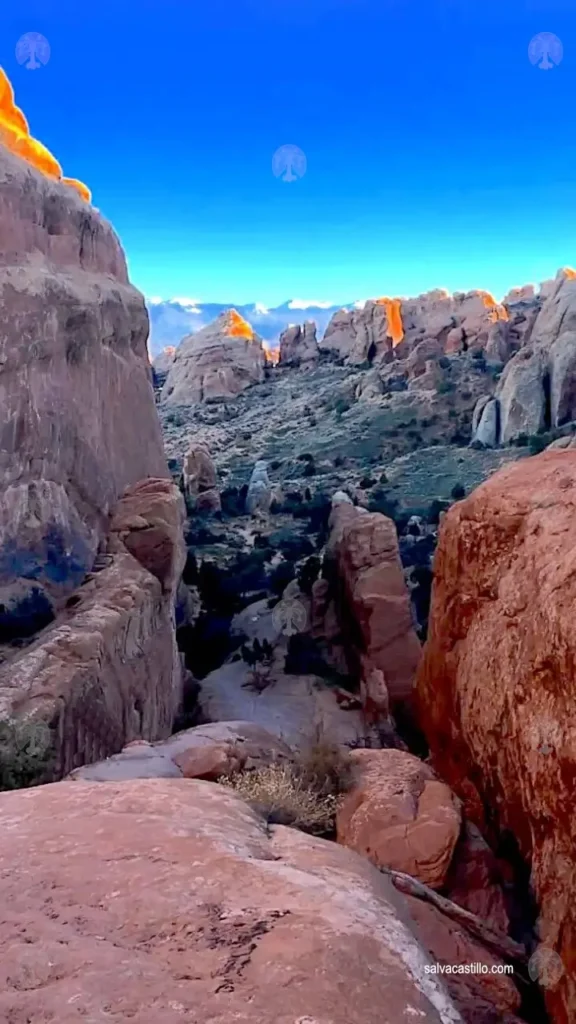
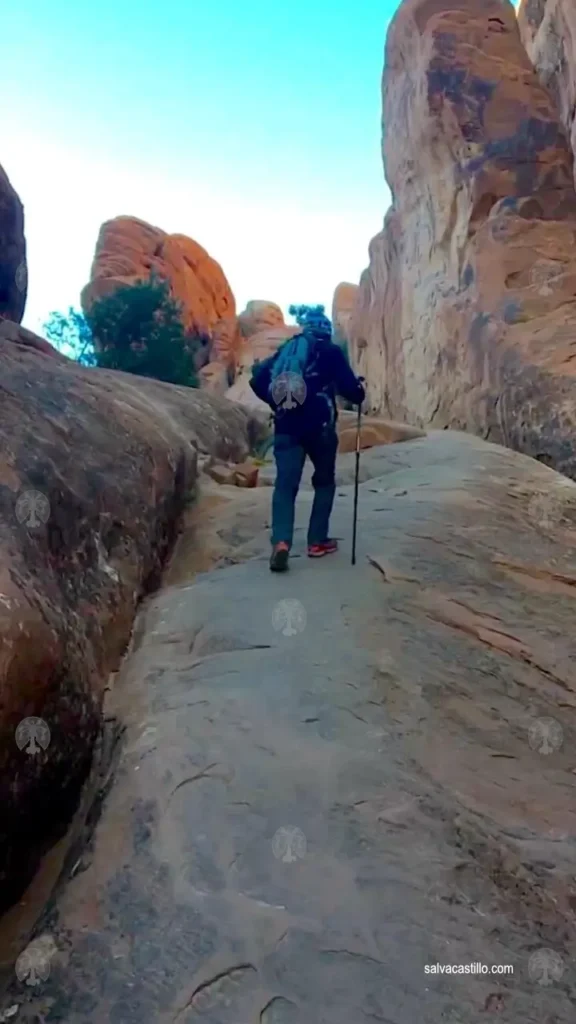
The attire is an issue, because in the mountains it is cold and sometimes windy -see me with my typical Peruvian wool hat that I bought in Machu Pichu and with 4 layers of clothes- but as the trail is uphill, after a while you want to throw everything away.
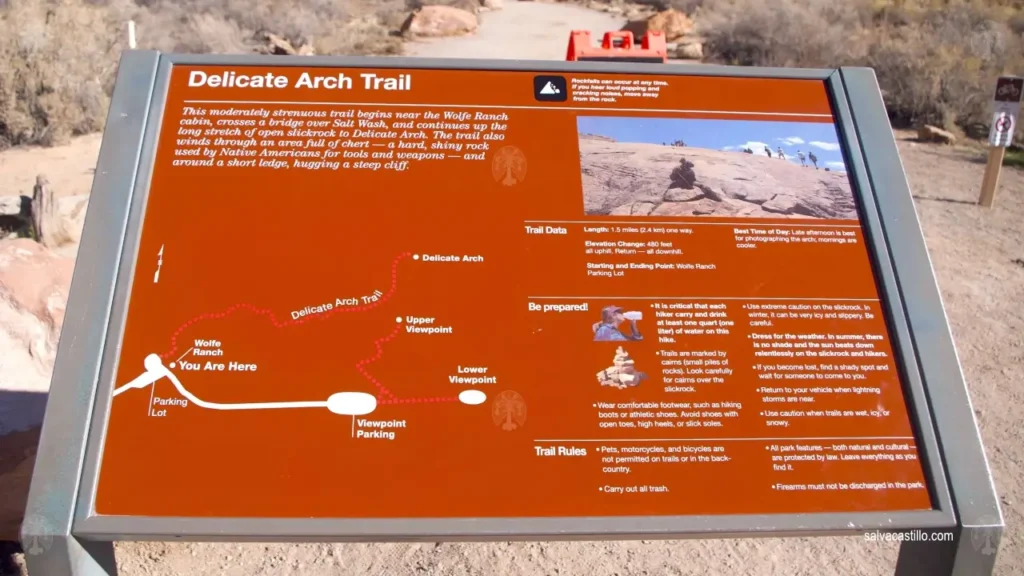
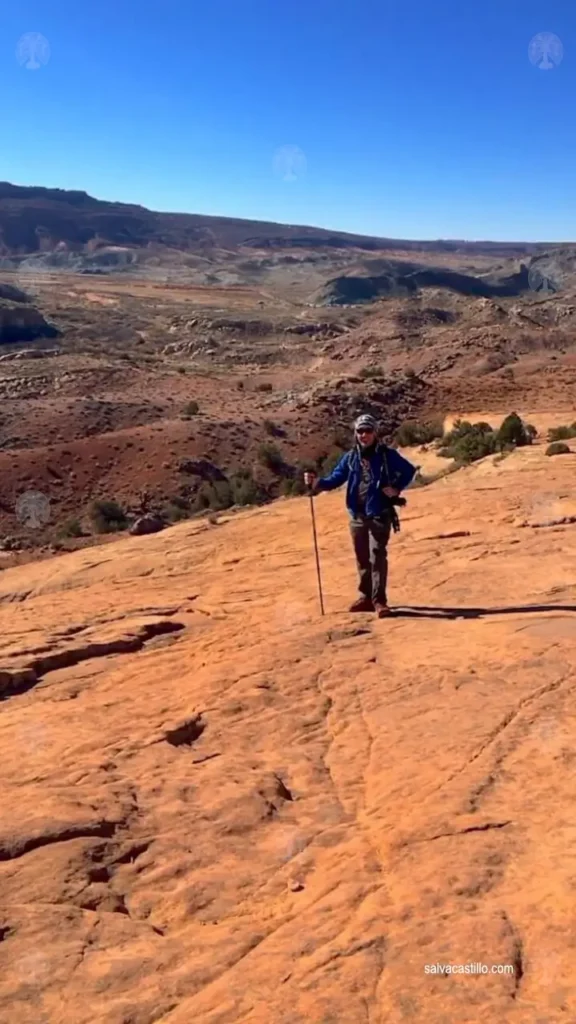
The Delicate Arch is 16 meters high and only two meters thick at its narrowest part.
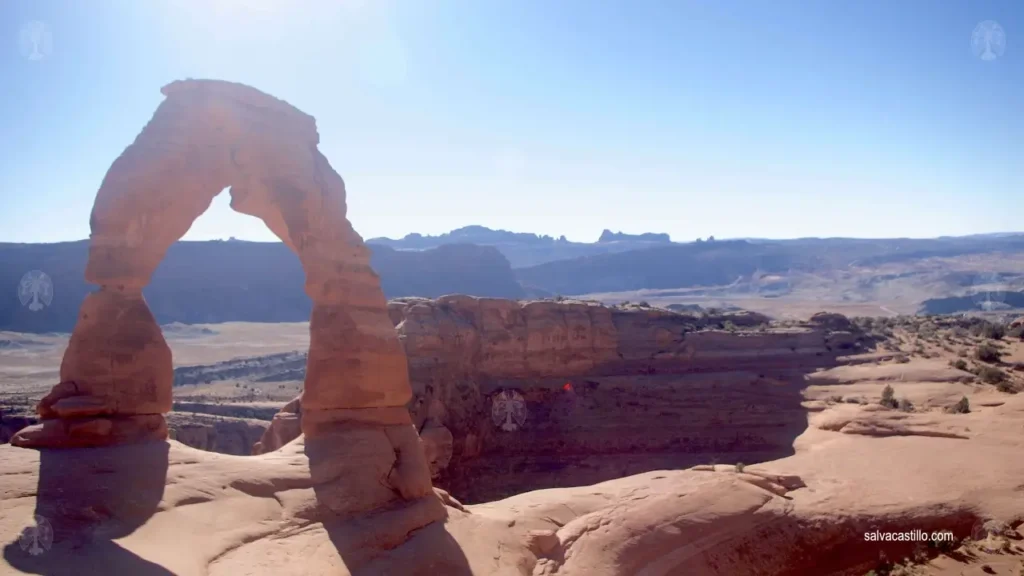
It is the symbol that appears on license plates in the state of Utah. It is so well known that the Olympic torch of the Salt Lake City Winter Olympics (2002) was passed under it.
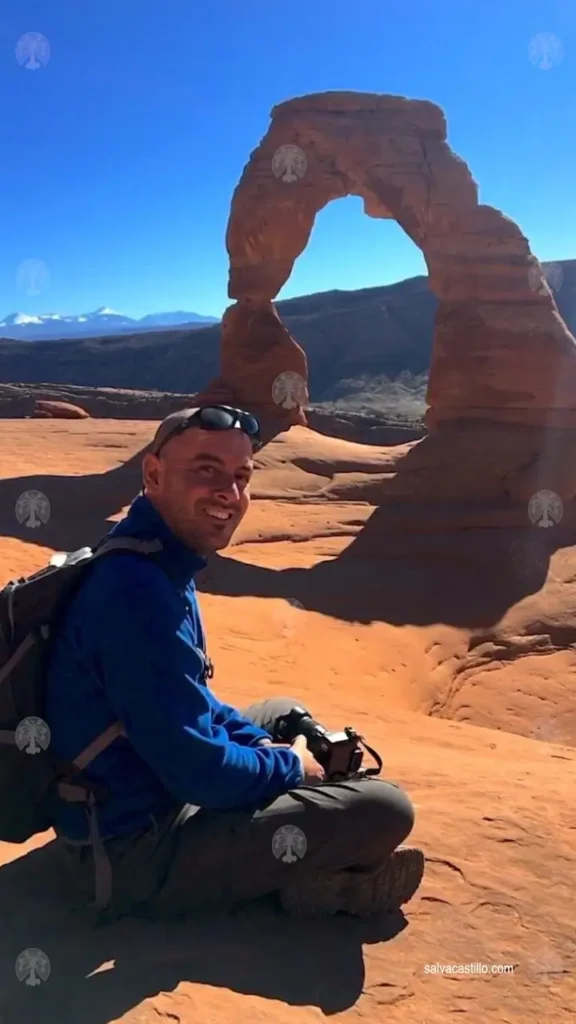
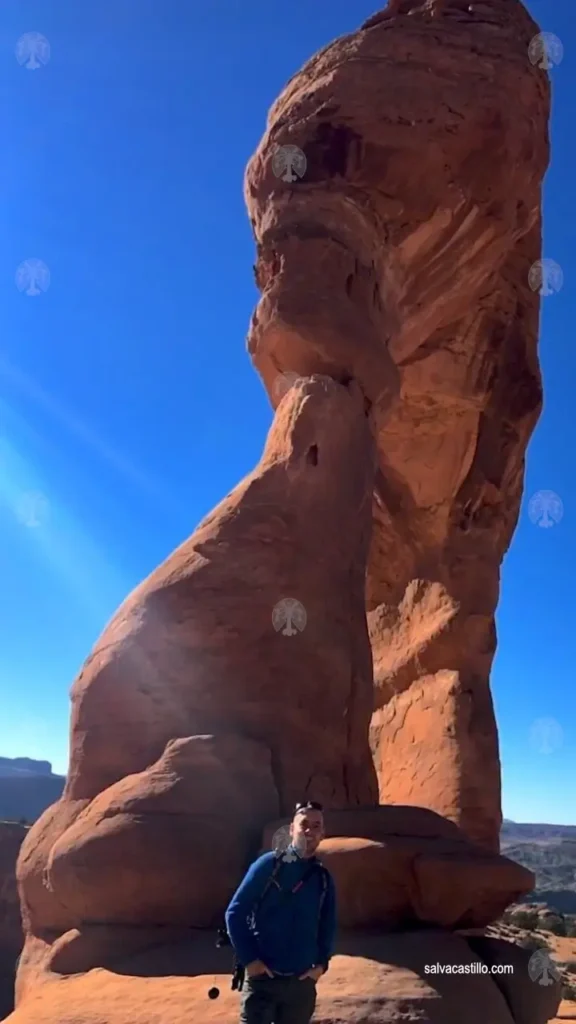
Of course, the arch is “alive”; that is, it suffers erosion from wind, rain, snow… and will collapse at some point in the future.
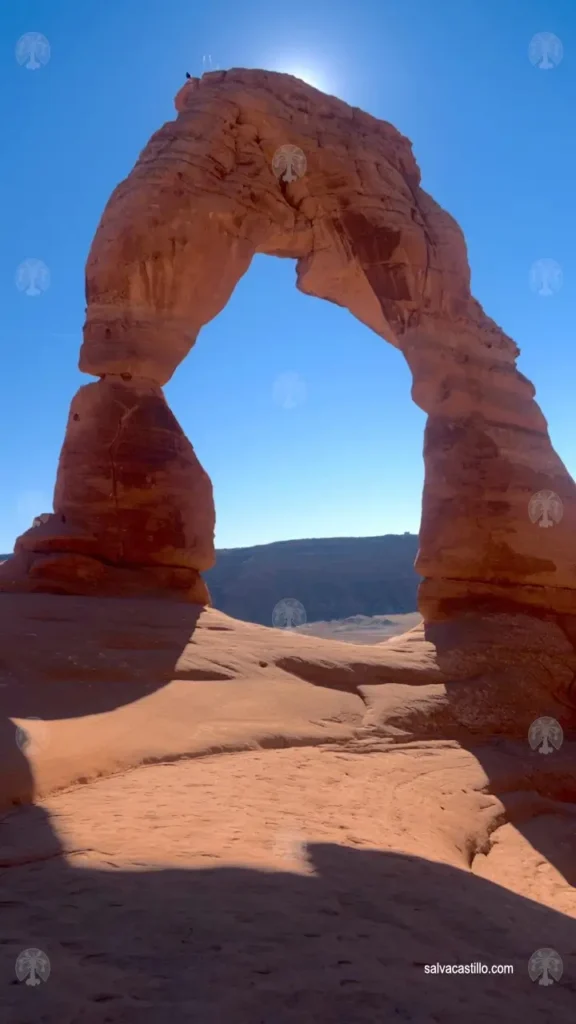
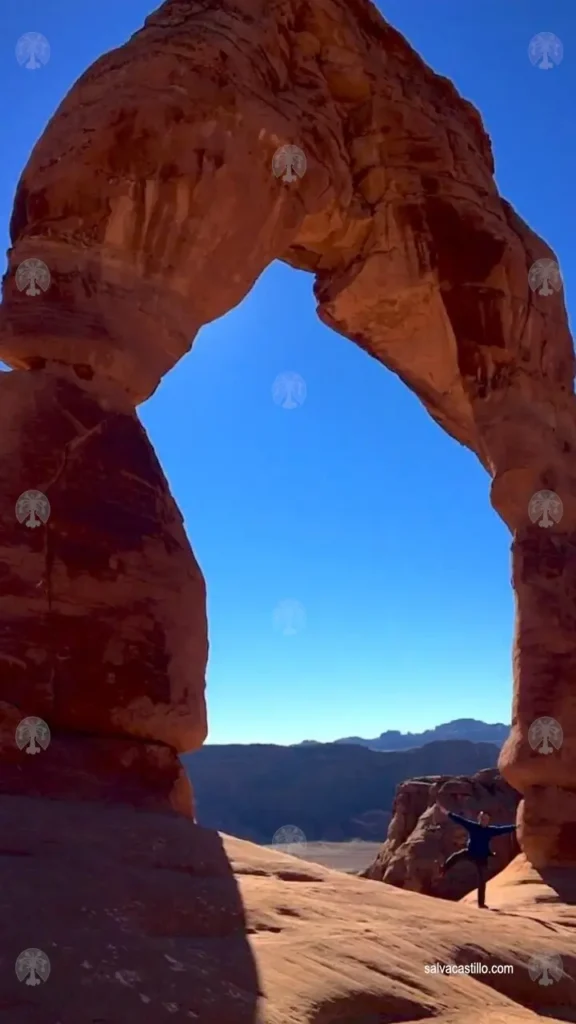
It is impressive because it has nothing on the sides and is on the very edge of a vertical cut of several tens of meters.
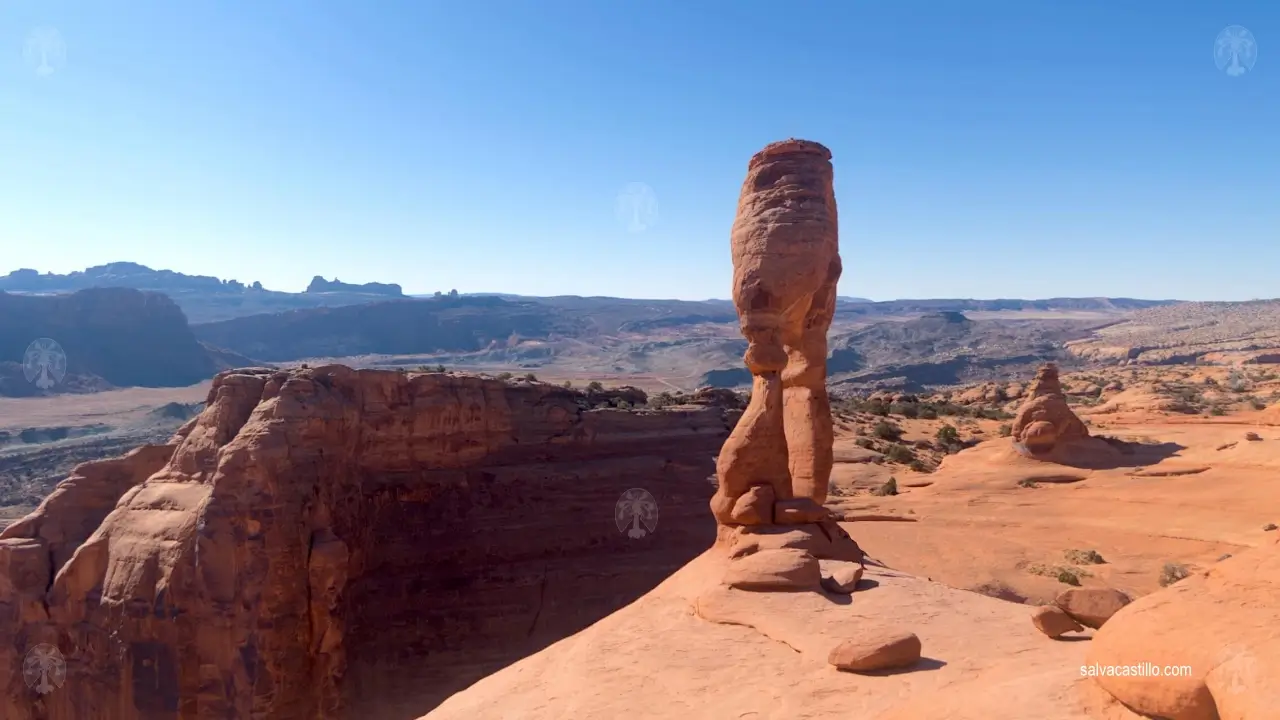
The surrounding landscape has an air of the rock formations of Tatooine but without so much loose sand. No Tusken Raiders came out to kidnap us.
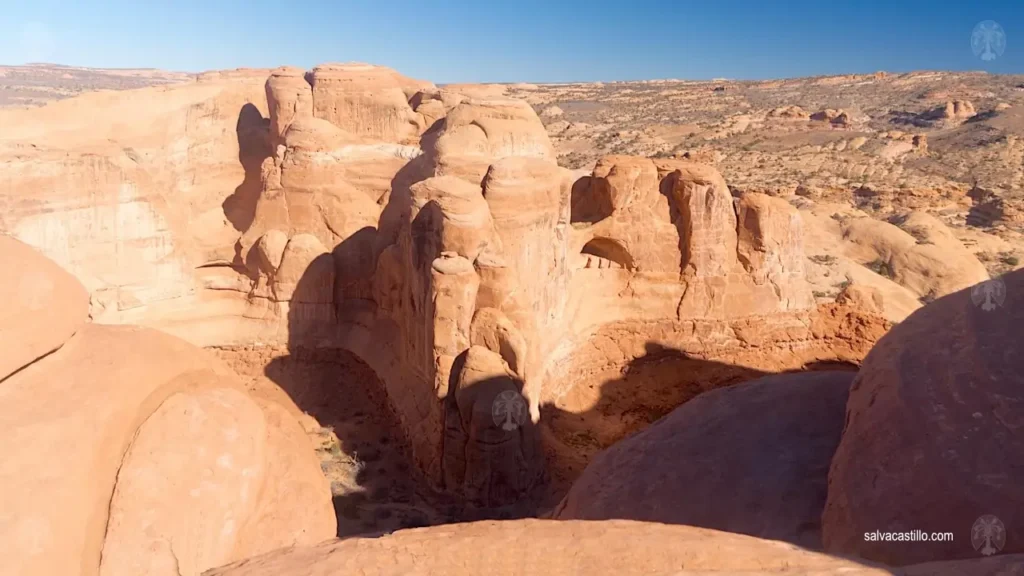
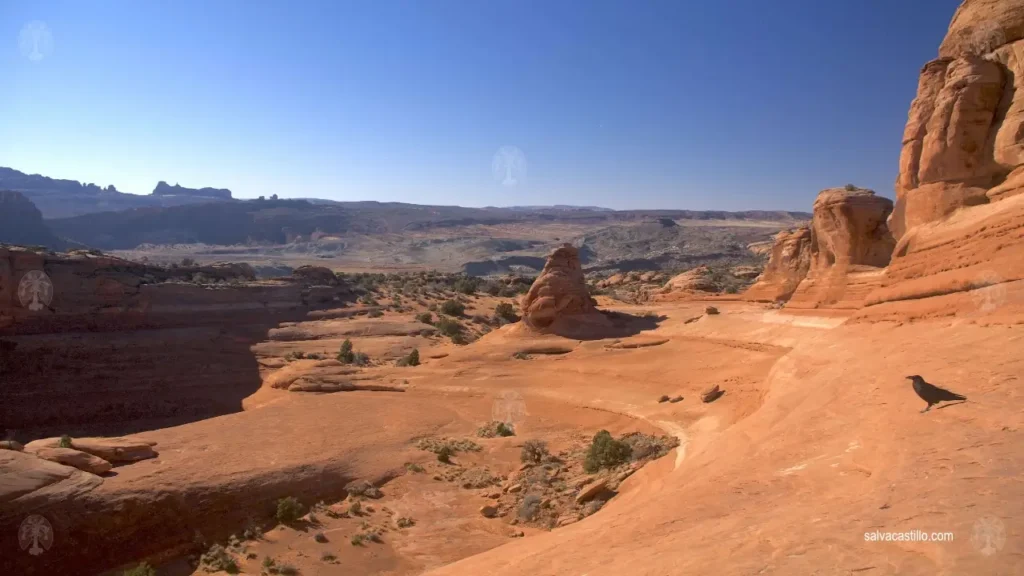
In the distance you can see the perennial snows of the Sierra de La Sal, part of which is already in the state of Colorado (the Colorado River is adjacent to the park).
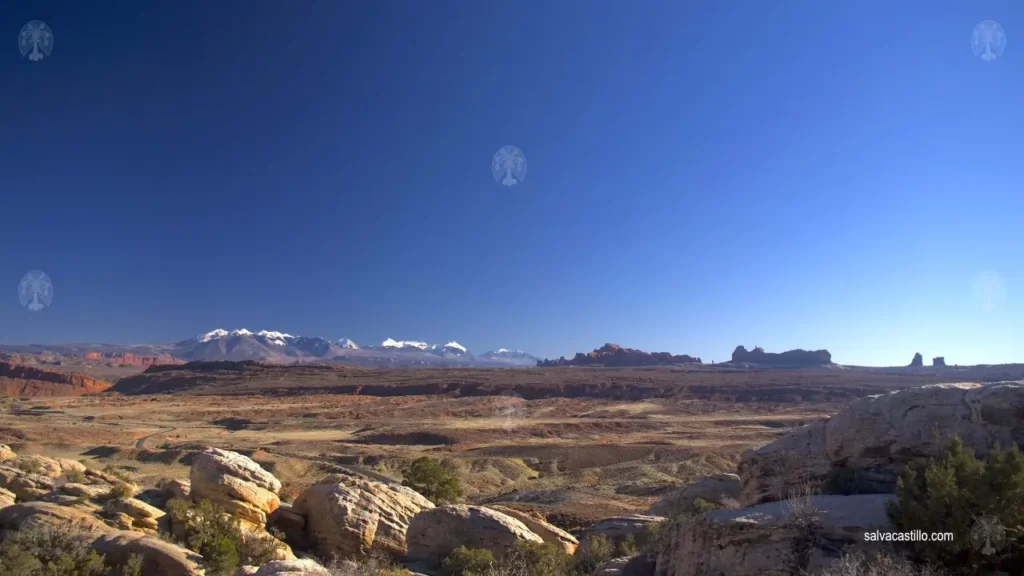
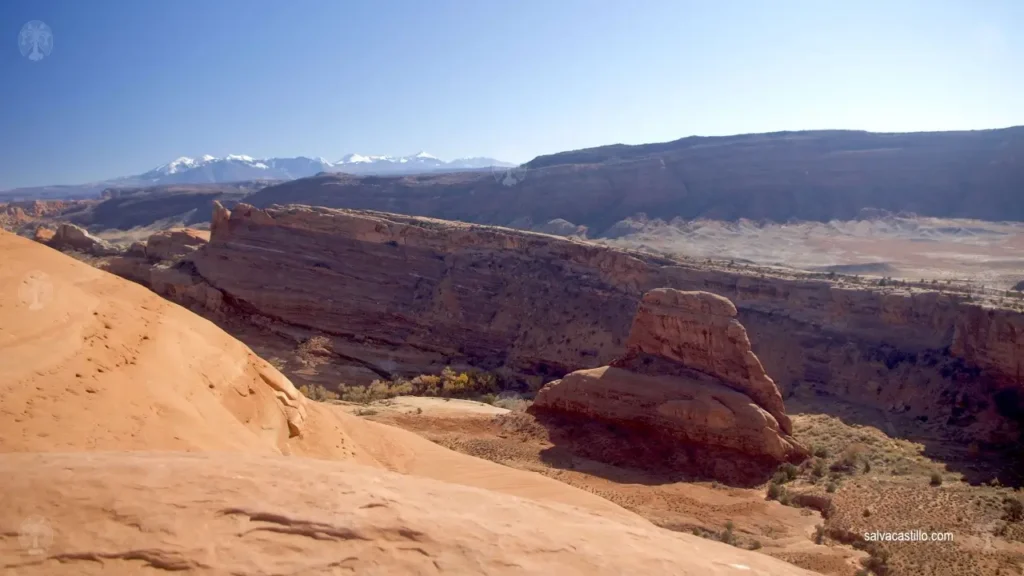
UTE Rock
Humans have inhabited the area for 10,000 years. The first Spanish explorers who ventured into the area encountered two tribes, the Ute and the Paiute.
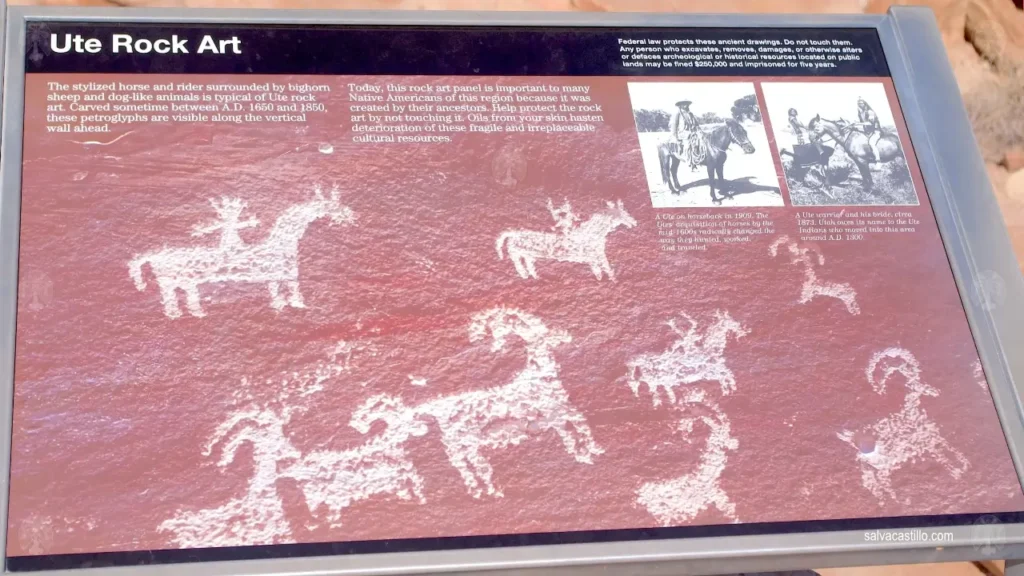
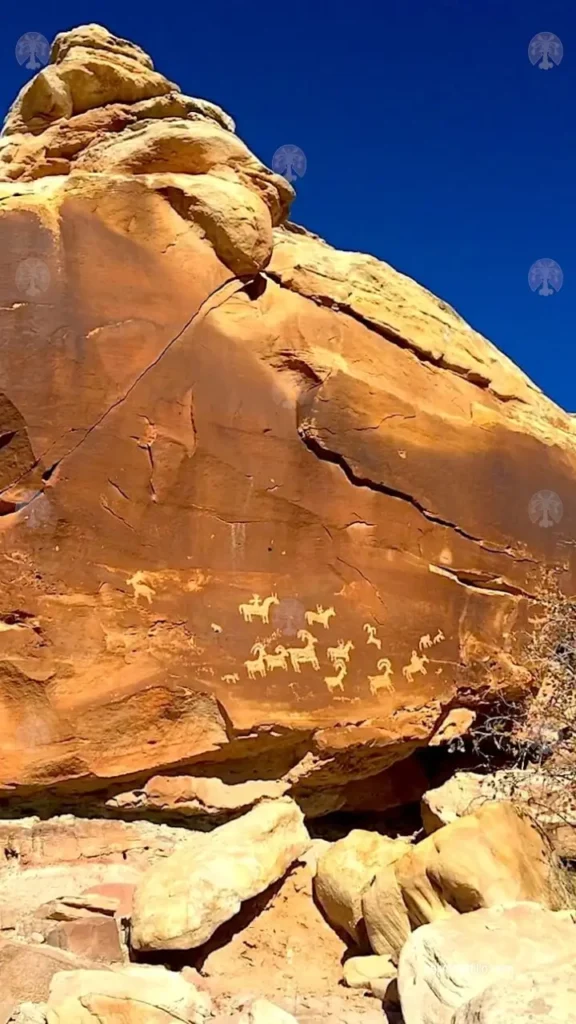
On the trail leading to Delicate Arch you can see the petroglyphs that the Ute people created hundreds of years ago.
Balanced Rock
The giant Balanced Rock appears to defy gravity: an approximately 3,600-ton block of sandstone sits precariously balanced on a narrower, offset base.
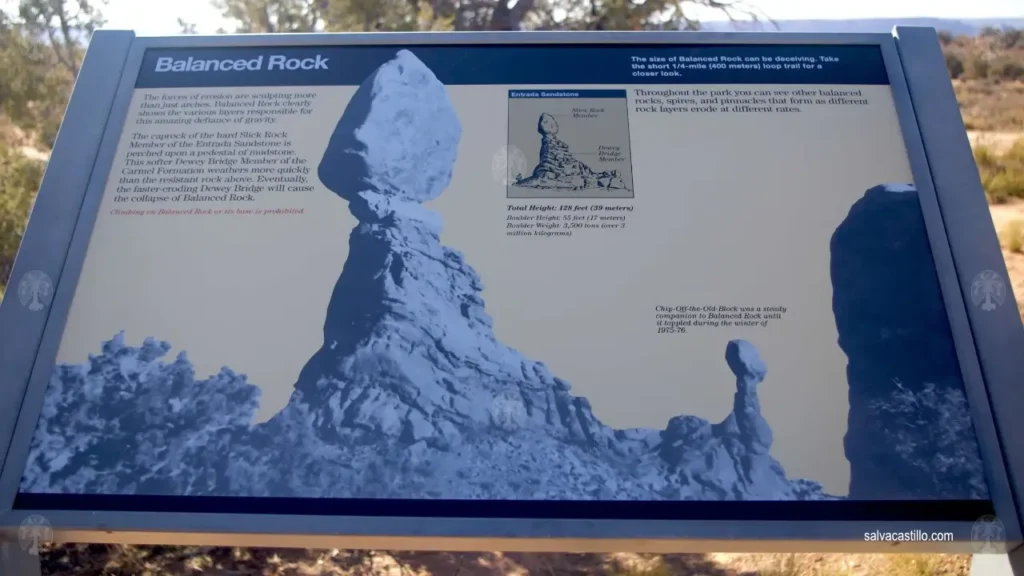
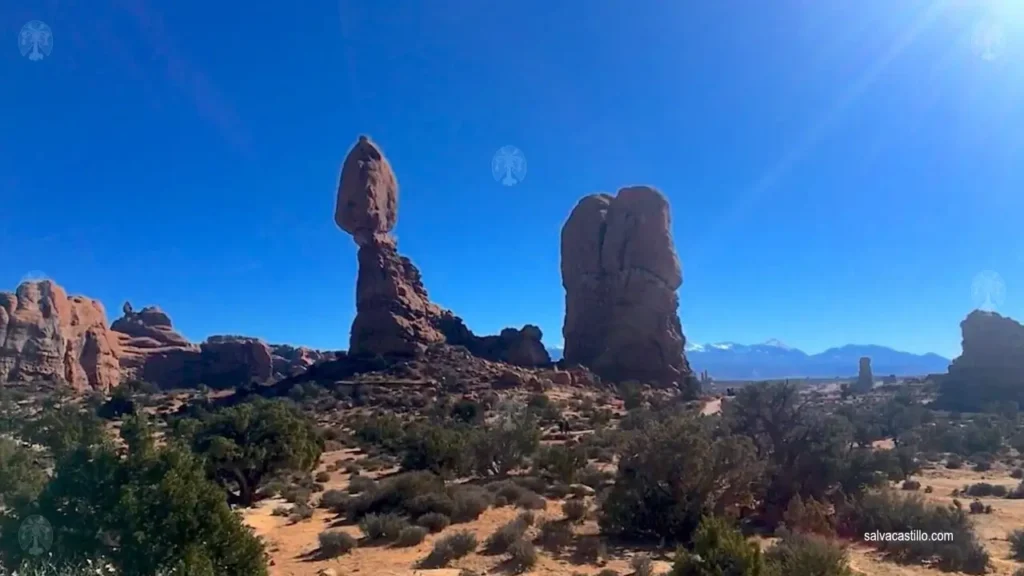
The formation is about 39 meters high, and its unstable appearance is the result of millions of years of differential erosion. The upper part belongs to the more resistant Slick Rock Member of sandstone, while the eroded base is of the softer Dewey Bridge Member, easily worn away by wind and water.
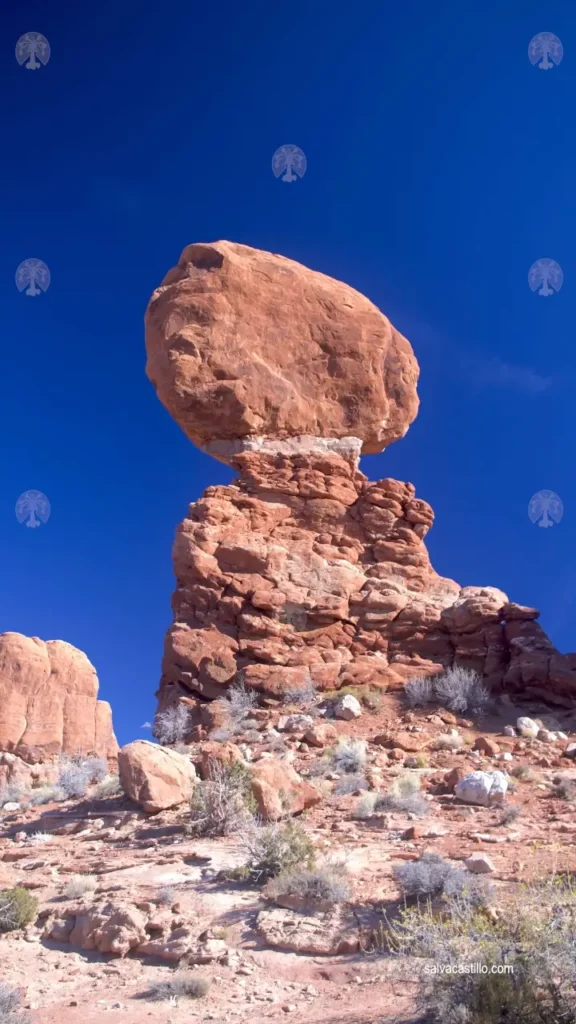
Devil’s Garden
The main trail takes us through a landscape that looks like something out of another planet: sandstone ridges, spires, narrow passages and platforms that offer panoramic views of the desert.
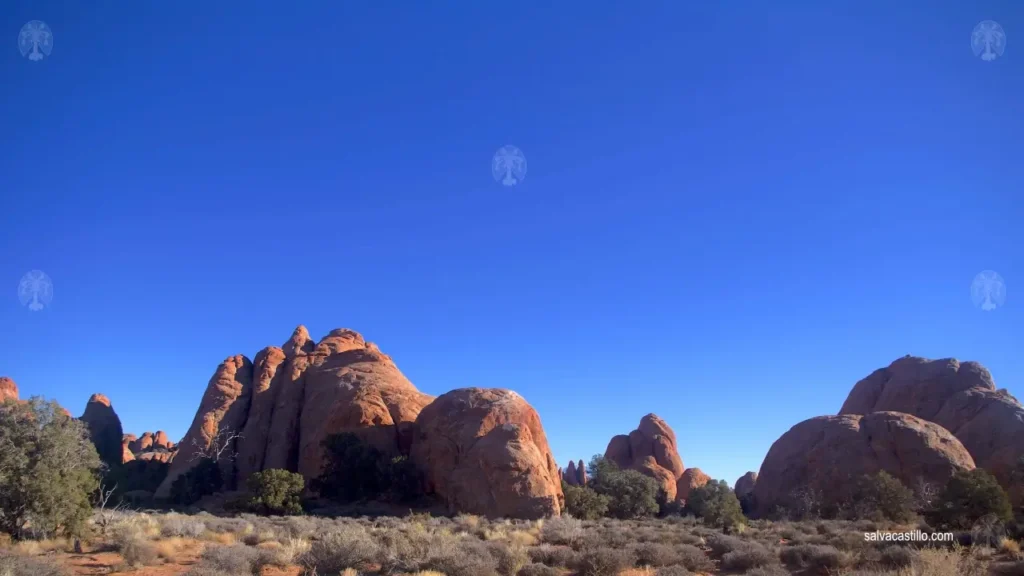
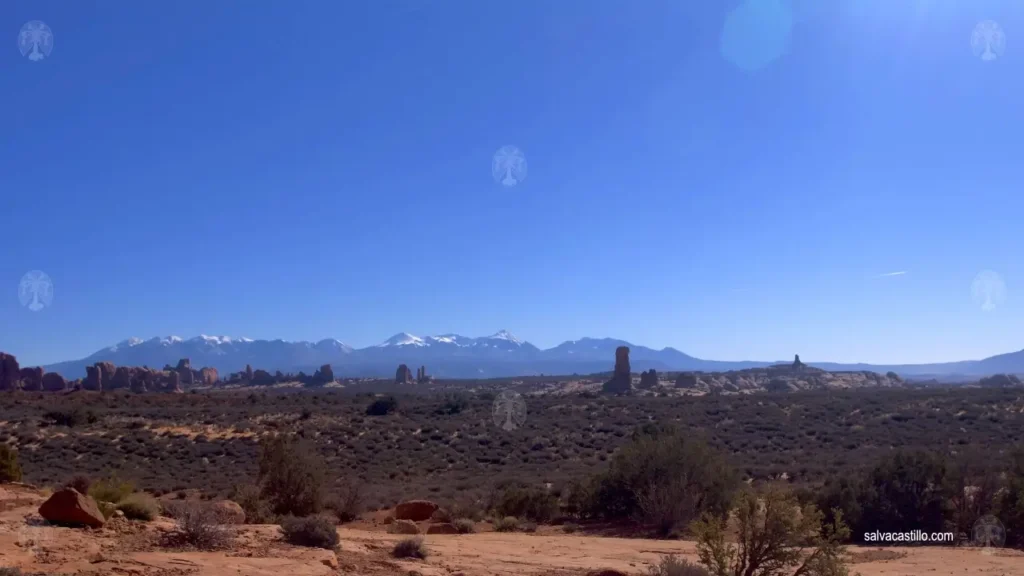
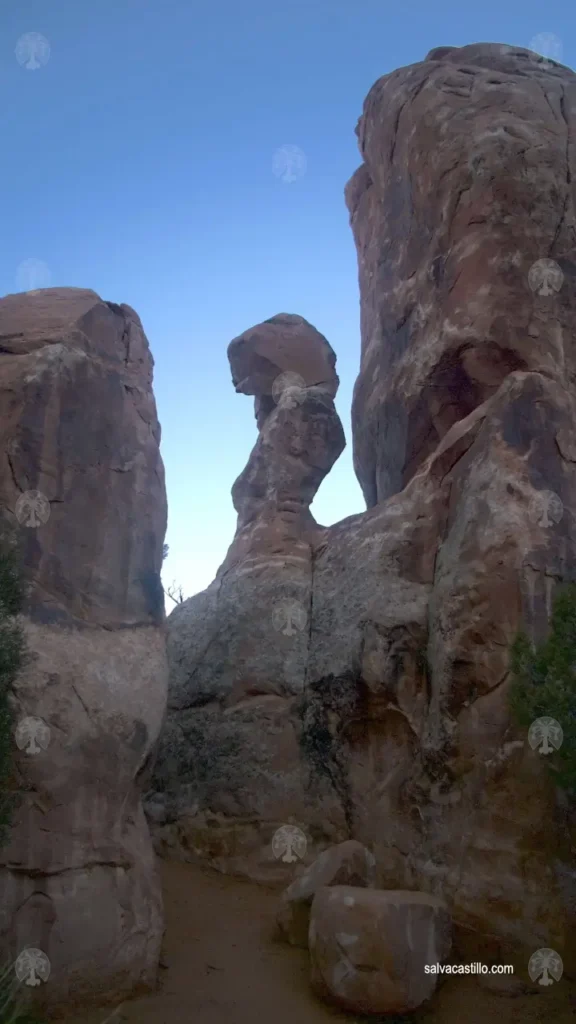
Tunnel Arch
It is located on top of a sandstone wall, and is an excellent example of early stage erosion. It was formed when water and ice began to open a cavity in an existing fracture and over time, this cavity enlarged until it completely perforated the rock.
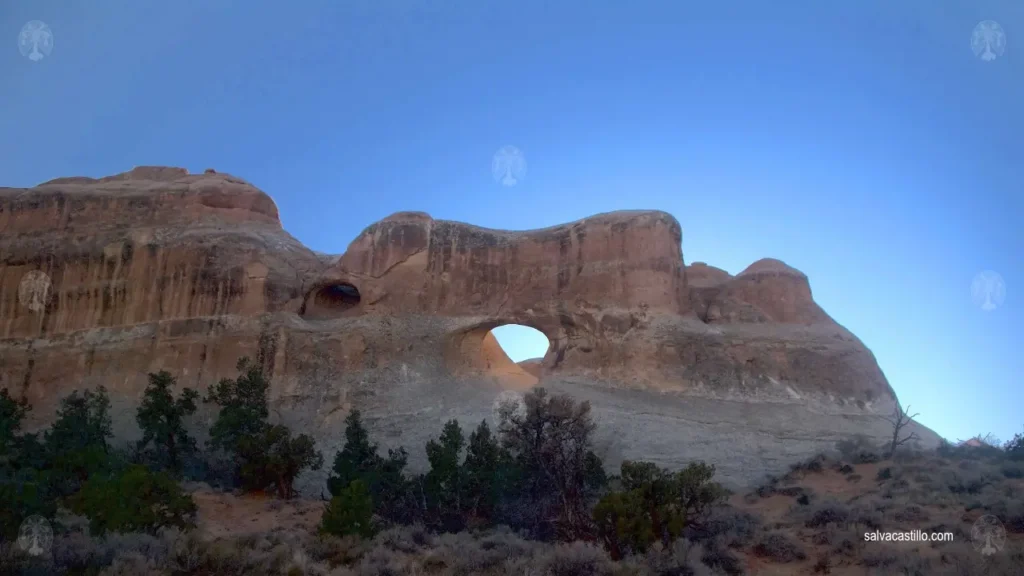
Landscape Arch
With a length of about 93 meters, it is among the longest natural arches in the world. Its slender profile seems almost impossible: a very narrow rock curve that connects two ends as if floating in the air.
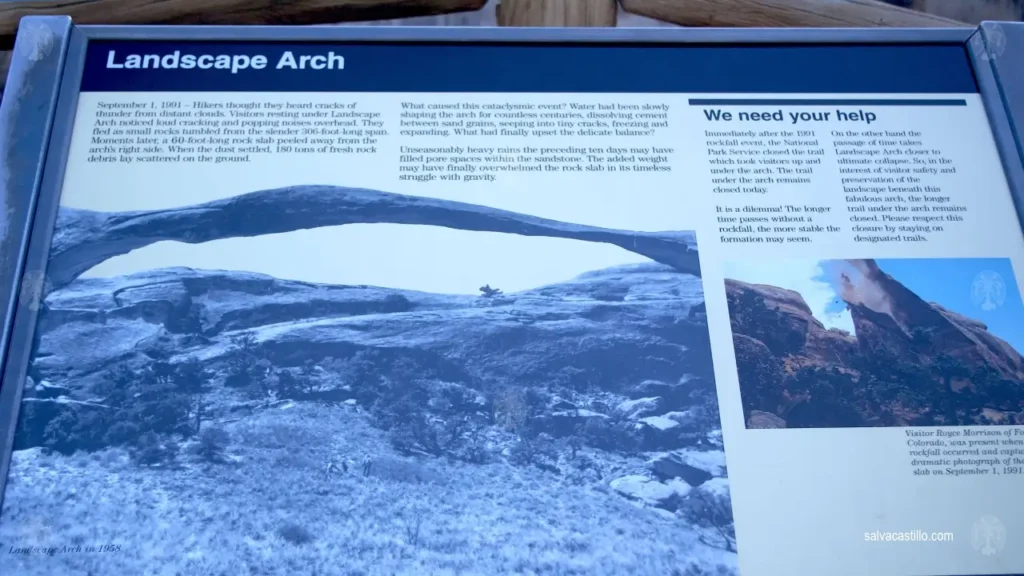
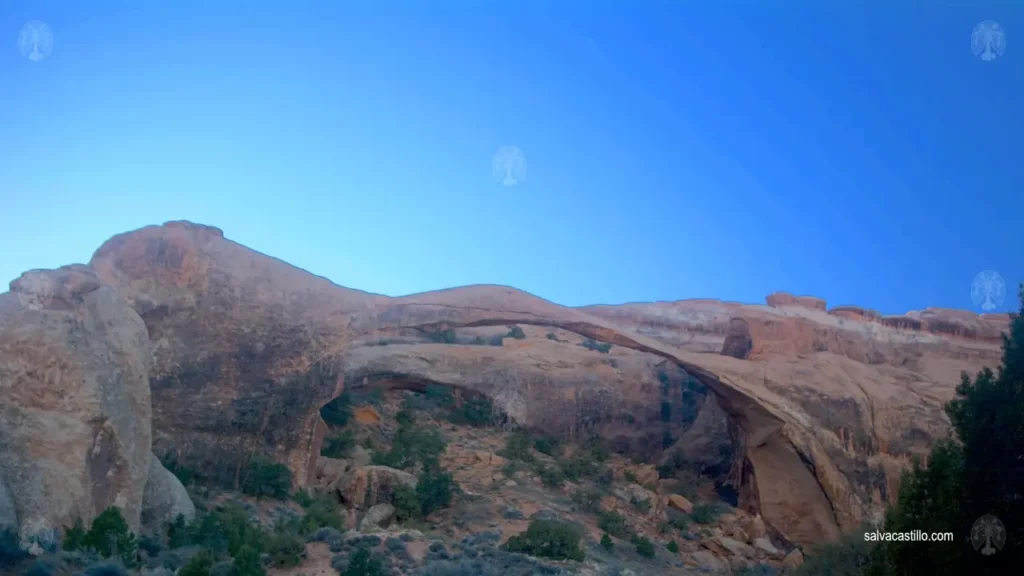
It is suffering from erosion. On the left is a huge hole left by a 180-ton rock fracture that broke off in 1991, rolling down the hillside.
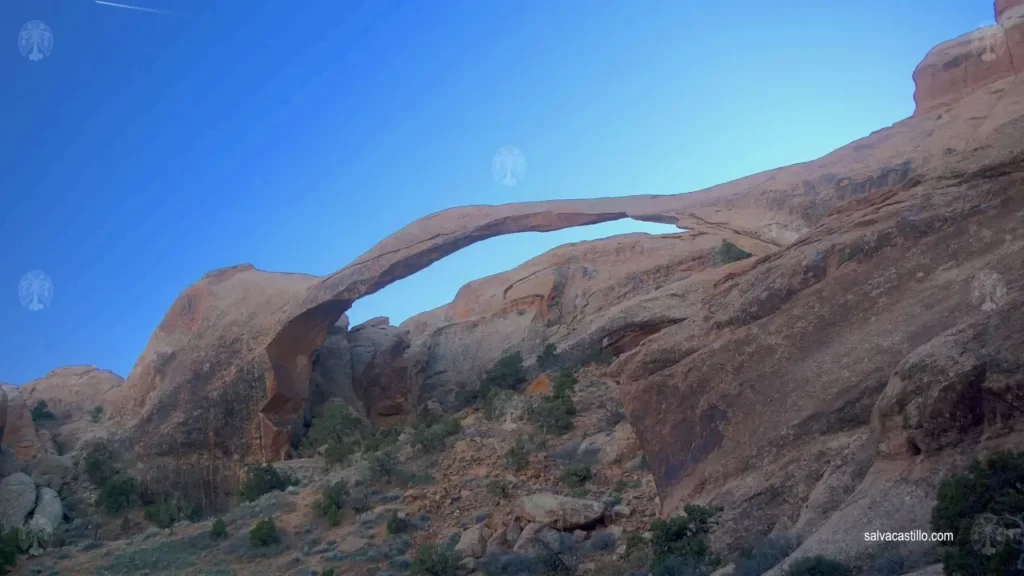
Navajo Arch
It is a more enclosed, tunnel-shaped arch, opening like a natural window in a sandstone wall. Its wider shape at the base than at the top indicates more active erosion in the lower zone, possibly due to water runoff or sediment accumulation.
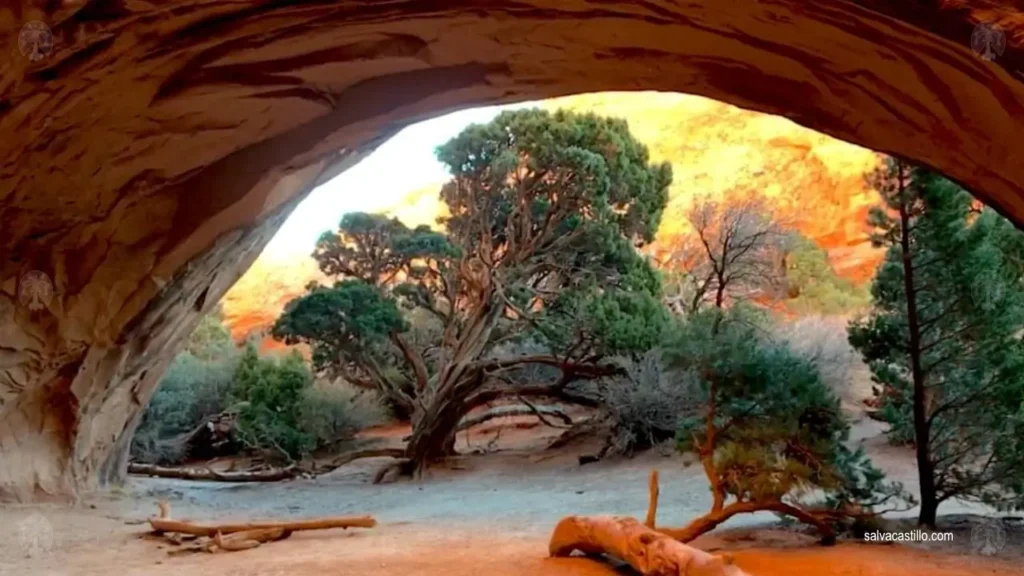
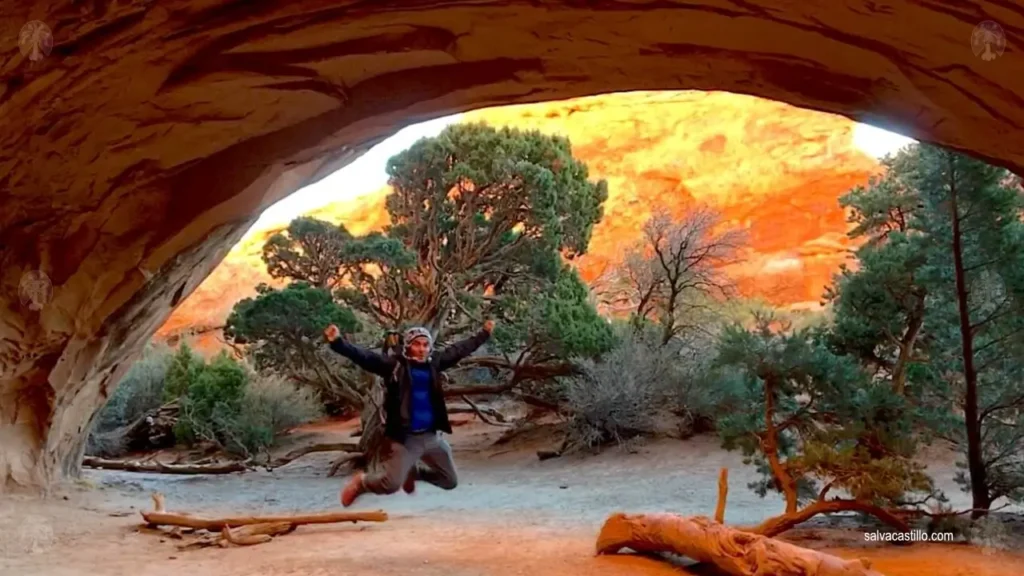
Partition Arch
It is attached to a rock wall and is characterized by a large main opening and one or more additional windows, as if the rock had been divided into sections.
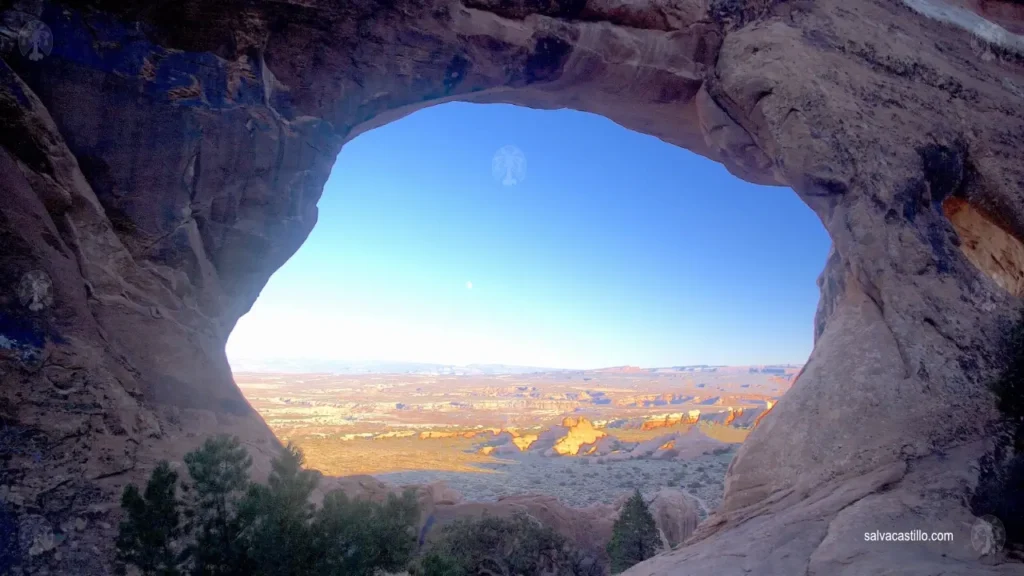
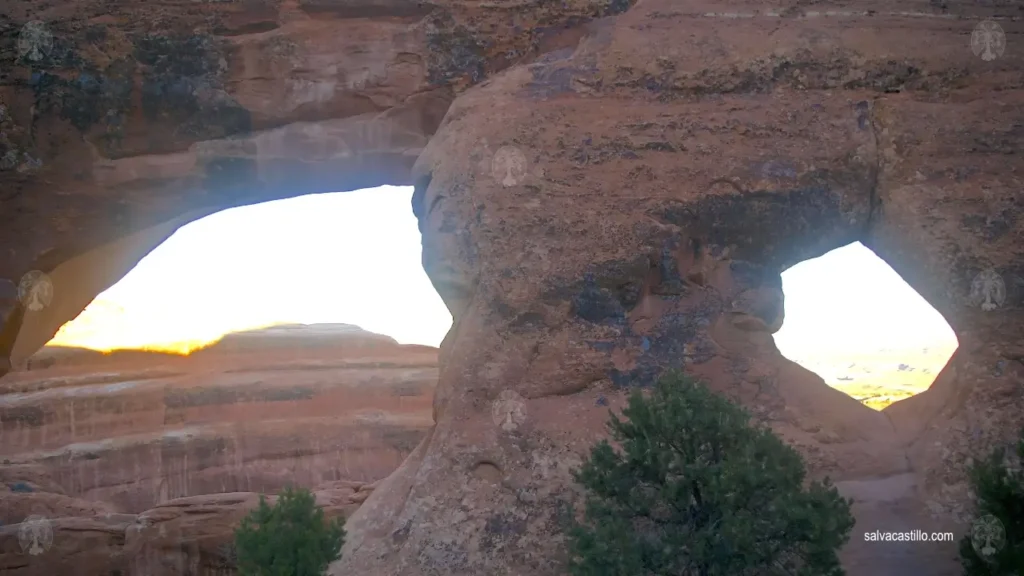
It is part of a group of narrow, elongated rocks known as fins, where multiple arcs can form in close proximity.
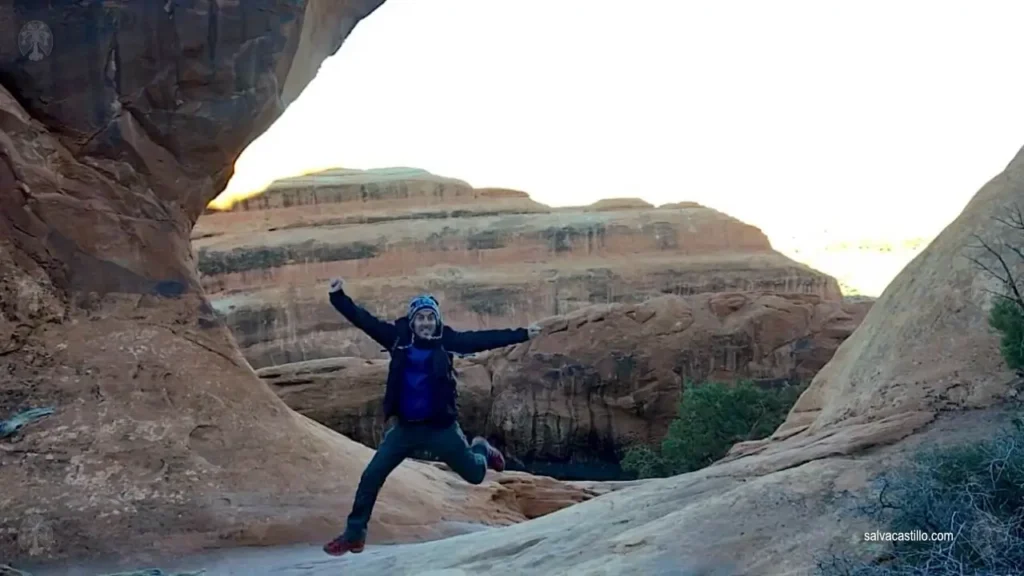
Pine Tree Arch
Its name comes from the stone pines and junipers that grow near its base, providing shade and a touch of green in contrast to the reddish sandstone of the arch.
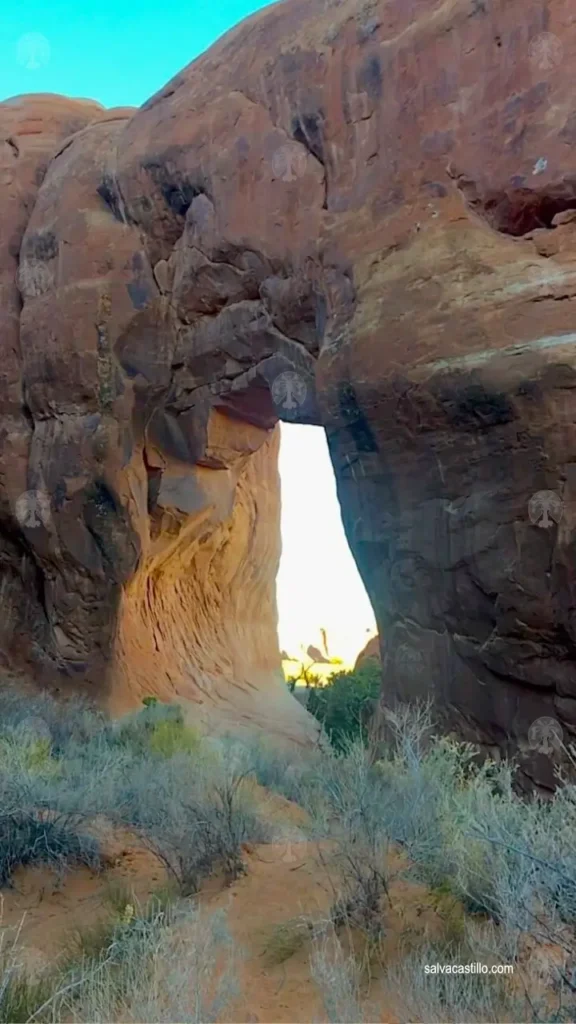
Skyline Arch
It sits atop a ridge of rock, silhouetted against the sky. Its elevated location and large opening make it an unmistakable silhouette, especially at sunset, when the golden light highlights the red and orange tones of the sandstone.
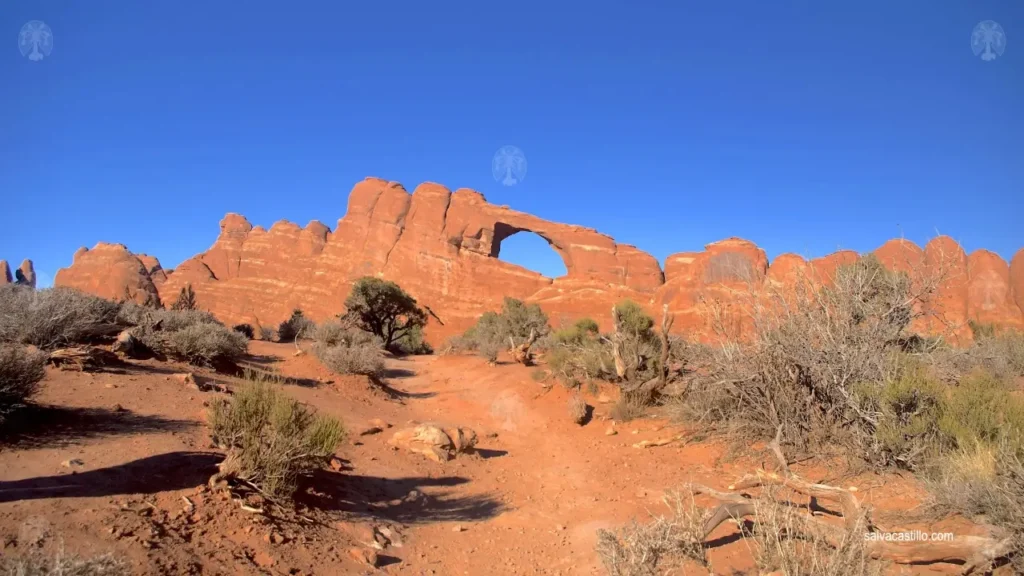
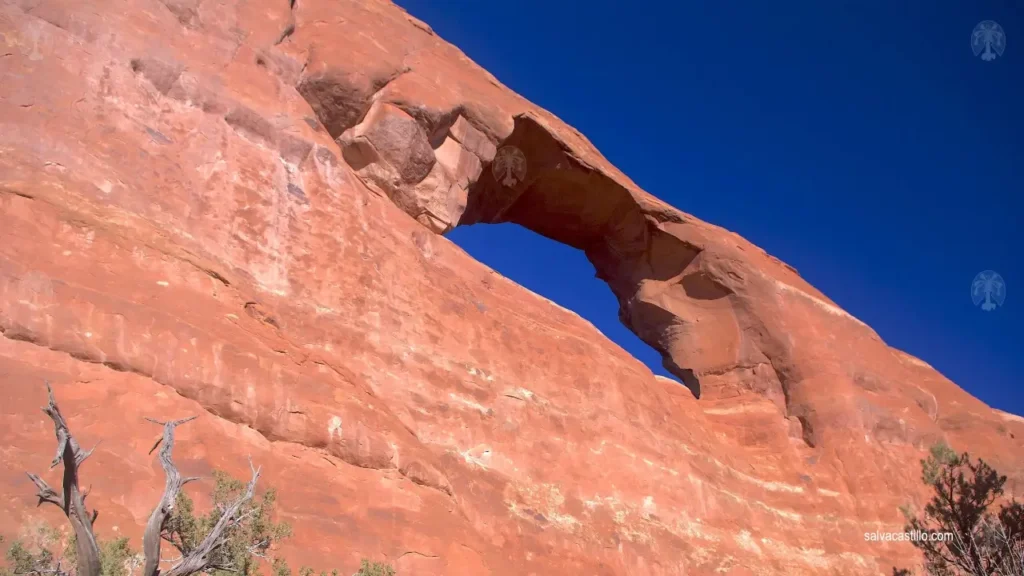
This arch is also geologically notable for a recent event: in 1940, a huge section of rock fell from the bottom of the arch, doubling its size almost overnight. This collapse exposed a wider interior, showing how erosion can dramatically alter a formation in a single instant.
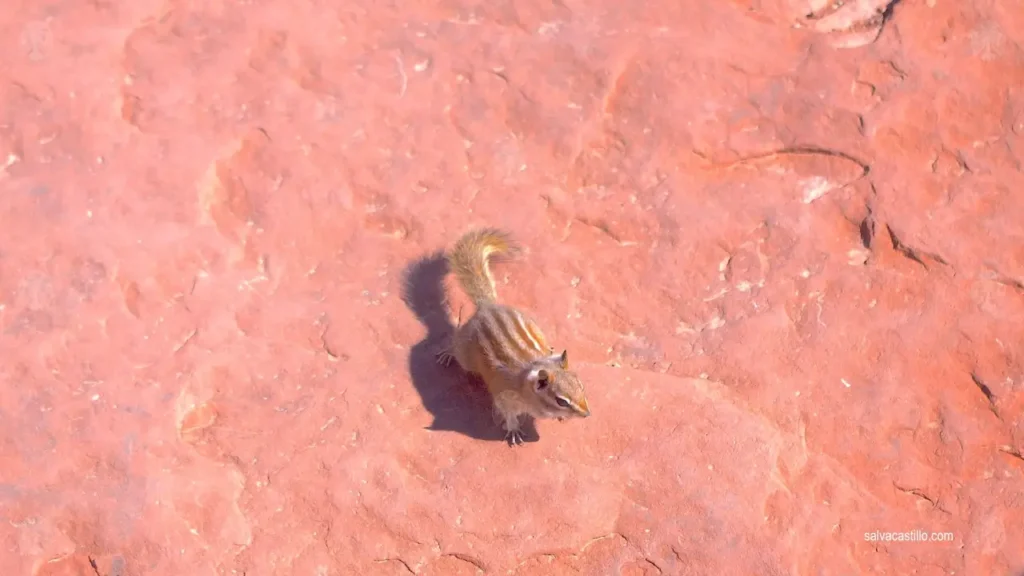
Arches National Park is a very recognizable symbol of Utah (a state that, having only visited it for a few days, left a very pleasant impression on me and perhaps a place to spend the summer escaping the tropical heat of Florida). There are no big events or grandiloquent places in the state, known for its atmosphere let’s say… extremely quiet. But, chatting casually with Americans, it is a park that, surprisingly – at least to me – is often among their favorites of all those in the U.S. Having so many parks so different and so spectacular, it is a sign that many of us share our fascination for these geological forms as improbable as real they are.